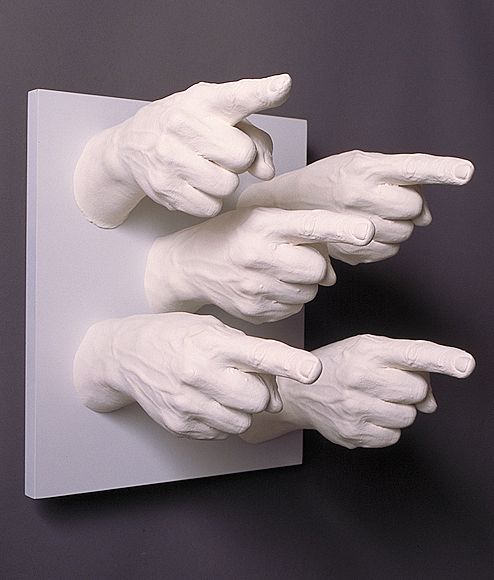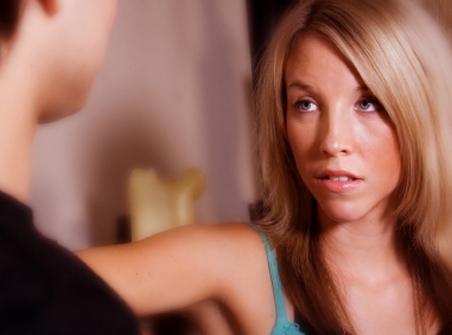The Games People Play: Being Right vs. Being Happy – Part Two
Ready to Play a New Game?

In part one, we asked you to spend some time paying attention to your thinking. If you did that exercise you probably noticed that sometimes when things aren’t going the way you want them to you end up looking for who’s right and who’s wrong in this situation. Did you also notice how often you think about what you don’t want instead of what you do want?
Great, because in order to end the cycle of discomfort, confusion and pain that comes from playing this [tag-tec]blame game[/tag-tec], it’s essential to begin by getting conscious of the game and your part in it.
Ending the Cycle
Breaking free from this cycle starts when you learn how to identify what you DO want, instead of focusing on being right and what you don’t want. Focusing on what you do want helps you to escape this cycle,[tag-tec be happy] be happier[/tag-tec] and have a more peaceful life.
Of course, deciding to stop playing this “Right/Wrong Game” and starting to feel better is a little more difficult than just putting a game board back in the box. You need to develop the skills and strategies that help you recognize the cycle and avoid it before it takes over.
Here’s a three-step plan that you can use immediately to help you play a new and more rewarding game.
Step One: Use Your Feelings as Your Guidance System
Remember how the “Right/Wrong Game” causes tension and anger? There is a good reason for these feelings. Uncomfortable feelings are like a danger signal in your emotional guidance system. The danger signal blinks when something you value deeply is missing. If you feel discomfort, you know it’s time to change the game to “What’s Missing”.
Step Two: Realize What’s Most Important to You
If you keep focusing on what you don’t want, you can’t focus on what you do want. You need to identify what it is that you do want in a given circumstance–what’s missing in the situation that you deeply value.
The next time you hear yourself thinking about what it is that you don’t want, such as “I hate it when people don’t tell me the truth!”–slow down and consider why this is important to you. Maybe it has to do with experiencing trust or honesty–maybe what you DO want is trust.
How about if you catch yourself feeling angry and frustrated? You hear yourself thinking, “Nobody who really cared about me would act like that!” So what’s most important to you then is probably being cared for and you being considered. Your “do want” then is to experience caring and consideration.
Realizing what’s most important to you, is the only way that you can figure out how to get it.
Step Three: Go For It!
Now that you realize what’s most important to you a situation and translated it into what you do want, you can take the next step. Stay focused on specific actions you can take or things you can say in the situation to help create more of what you want.
Remember, focusing on what you don’t want is a trap, so stay away from it. If you want consideration, do something that will create consideration. If you want trust, say something that will create some trust.
A small action might feel insignificant but even the smallest step toward your new goal is better than getting stuck in that uncomfortable who’s right who’s wrong cycle.
Being in action will help your tension and anger release! As you work towards the things that will really bring you happiness, you’ll find you don’t want to play the “Blame Game” anymore. Taking action will help you realize that less stress and greater happiness is the best game in town!









